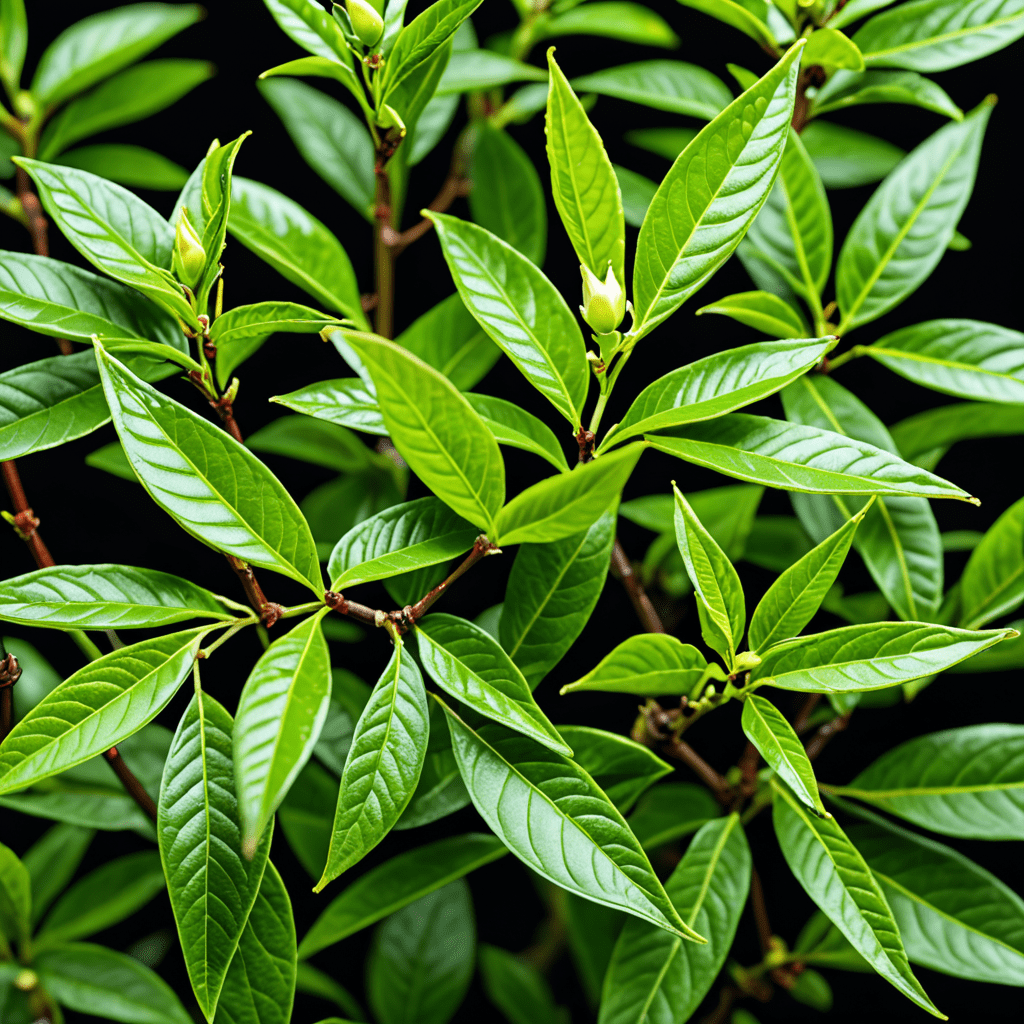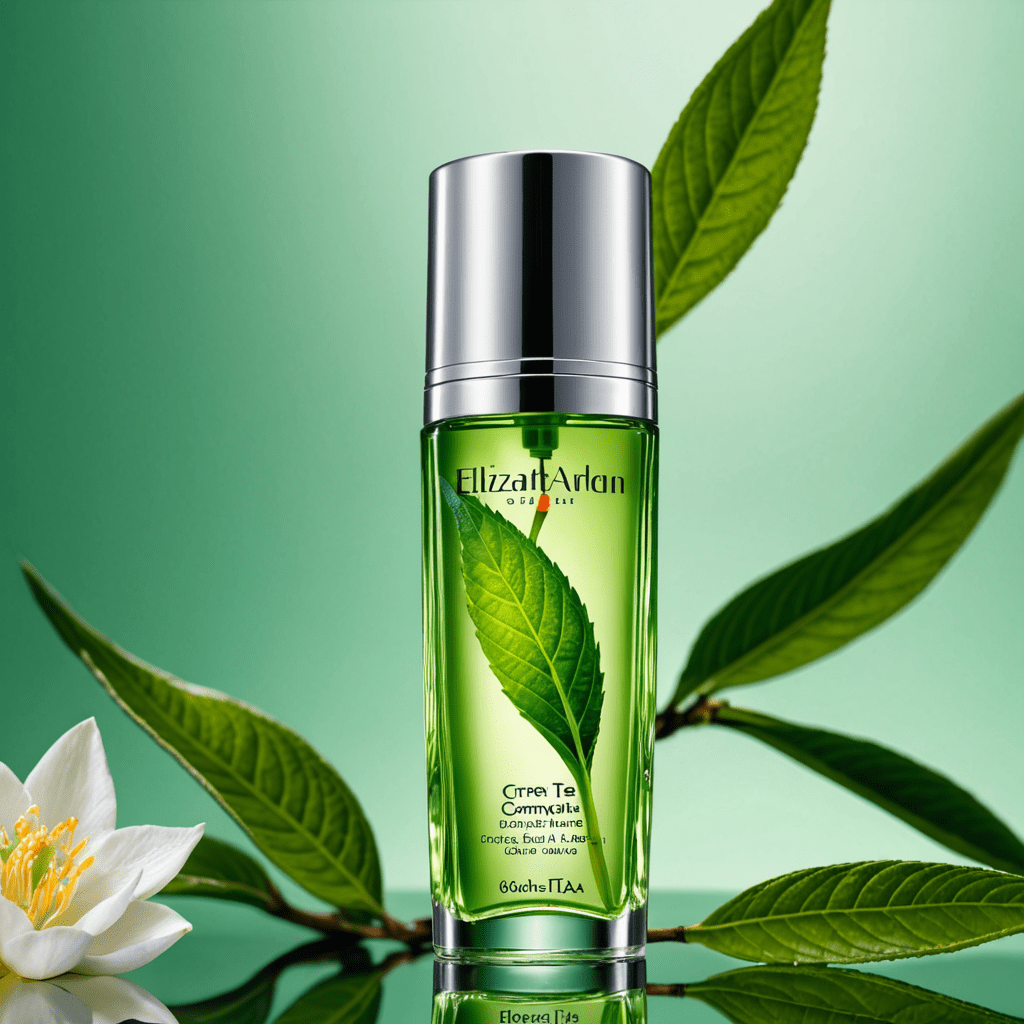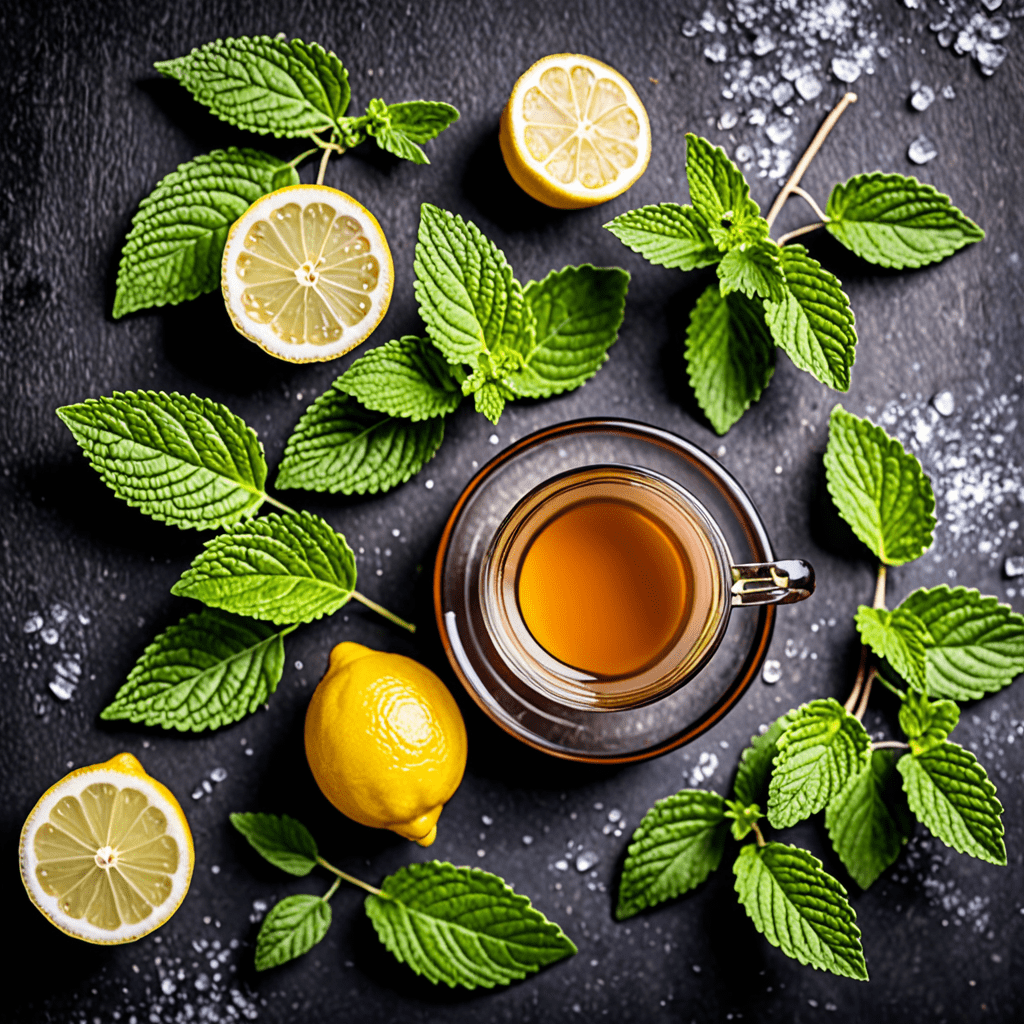Historical Origins of Assam Tea
The captivating story of Assam tea begins in the lush landscapes of India's northeastern state of Assam, where its origins can be traced back centuries. Legend has it that in the 1820s, Robert Bruce, a British explorer and tea enthusiast, first discovered wild tea plants growing along the Brahmaputra River. Amazed by their distinct flavor, he initiated the commercial cultivation of Assam tea, revolutionizing the world of tea forever.
Geographical Significance of Assam for Tea Cultivation
Assam's geographical attributes play a crucial role in the flourishing tea industry. The state is nestled amidst the Himalayan foothills and crossed by the mighty Brahmaputra River, creating an ideal climate and fertile soil for tea cultivation. The abundance of rainfall, coupled with the warm and humid weather, provides optimal conditions for tea plants to thrive. Assam's unique combination of natural factors contributes to the exceptional quality and robust flavors of its tea.
Major Tea-Producing Regions in Assam
Assam's tea-growing regions are diverse and renowned for their distinct tea flavors. Upper Assam, nestled at the eastern end of the state, is famous for its full-bodied CTC (Crush, Tear, Curl) teas, while Lower Assam, situated in the western portion, specializes in Orthodox teas. Other significant tea-growing regions include Brahmaputra Valley and Barak Valley, each producing teas with their own unique characteristics.
Varieties of Loose-Leaf Assam Tea
The tea gardens of Assam yield an array of loose-leaf tea varieties, each offering a unique experience. Golden Assam is known for its golden tips and brisk flavor, while Silver Assam possesses a milder and more delicate taste. Amber Assam stands out with its distinctive amber-colored liquor, and Green Assam offers a refreshing and herbaceous aroma. These loose-leaf teas allow for a customized brewing experience, providing tea connoisseurs the freedom to adjust the strength and intensity according to their preference.
Characteristics of CTC Assam Tea
CTC (Crush, Tear, Curl) Assam tea represents a distinct style of tea production that results in a bold and robust brew. The manufacturing process involves crushing, tearing, and curling the tea leaves, which increases their surface area and aids in faster extraction of flavors and aromas. CTC teas are typically full-bodied, malty, and possess a deep amber hue, making them ideal for brewing strong, flavorful tea drinks such as the traditional Indian "chai."
Orthodox Assam Tea: Traditional Leaf Processing
Orthodox Assam tea embodies the traditional method of tea production, where freshly plucked tea leaves undergo a series of delicate processes. The leaves are withered, rolled, and oxidized, allowing their natural flavors and aromas to develop fully. Orthodox teas are characterized by their whole leaves, which produce a smooth, complex, and flavorful brew.
Specialty Assam Tea: Single-Origin and Boutique Blends
Assam's tea gardens are home to a range of specialty teas, showcasing the unique terroir and craftsmanship of individual estates. Single-origin teas are sourced from a specific garden or region, offering a distinct flavor profile that reflects the characteristics of the local environment. Boutique blends, on the other hand, combine different Assam teas to create harmonious and innovative flavors, catering to the discerning palates of tea enthusiasts.
Health Benefits of Assam Tea
Beyond its delightful taste, Assam tea offers a myriad of health benefits. Its high antioxidant content helps protect against cellular damage, while the presence of polyphenols may aid in reducing inflammation and improving heart health. Assam tea is also rich in theanine, an amino acid that promotes relaxation and mental alertness, making it an ideal beverage for both invigorating and calming moments.
Culinary Uses of Assam Tea
Assam tea's versatility extends beyond traditional tea brewing. Its robust flavor makes it a popular ingredient in culinary creations. Assam tea can be infused into marinades for meats and seafood, adding a unique depth of flavor. It can also be used to create flavorful desserts, such as tea-infused cakes and ice cream. The possibilities are endless for incorporating Assam tea's bold and aromatic character into culinary adventures.
Assam Tea: A Cultural Heritage
Assam tea is deeply intertwined with the cultural fabric of the region. Tea gardens are an integral part of the local landscape, providing employment and supporting communities. The traditional tea-making process has been passed down through generations, showcasing the skills and dedication of Assam's tea workers. Assam tea is not just a beverage; it is a symbol of tradition, heritage, and the vibrant culture of the region.
FAQs
- What is the difference between CTC and Orthodox Assam tea?
CTC (Crush, Tear, Curl) Assam tea undergoes a mechanical processing method, resulting in a bold and robust brew. Orthodox Assam tea, on the other hand, follows a traditional method with whole leaves, producing a smooth and complex flavor.
- Which Assam tea is the best?
The "best" Assam tea depends on personal preference. CTC teas are ideal for strong, flavorful brews, while Orthodox teas offer a more nuanced and refined experience. Single-origin and boutique blends showcase unique flavors and characteristics.
- How can I brew Assam tea?
Loose-leaf Assam tea can be brewed using a variety of methods. Use 1-2 teaspoons of tea leaves per 8 ounces of water. Steep for 3-5 minutes, depending on desired strength. Adjust brewing time and amount of tea leaves to suit your taste.


